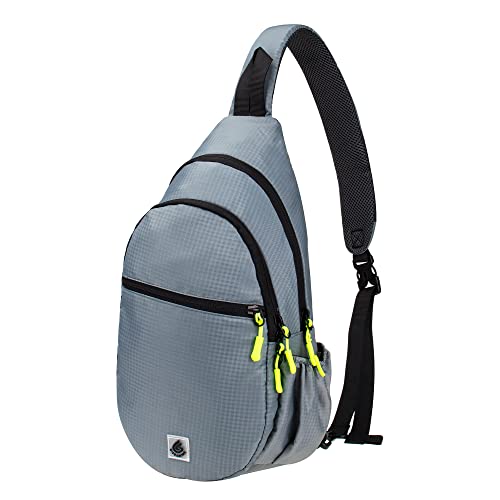Fort du Mont Bart is located to the south of Montbéliard, France. It was built between November 1874 and July 1877 as part of the Séré de Rivières system of fortifications. The fort overlooks the valleys of the Doubs and the Allan and is to the south of the fortified region around the city of Belfort. It controls the road to Besançon, and is there to prevent the enemy from bypassing the Belfort fort system.
An unusual feature of the Fort is its "interior street", originally constructed in the open air as a sunken court, then covered before World War I with reinforced concrete. This now houses a screen with a continuous loop of film, I think it was about a mechanical duck or … Maybe I should have paid more attention.
There’s a lot more art here – I liked the room with shotgun cases, and the dangling spiders were funny, but … well it’s not quite the same as wandering around a ruined French fort.
In form it’s a fairly typical pentagonal fort surrounded by a ditch, which is traversed by fire from the caponiers. The central barracks is sunken into the earth and encircled by firing positions on the surface of the fort.
If you like gun facts: the fort's surface was originally armed with four 155mm and five 120mm guns, with one 138mm gun. Four 220 mm mortars completed the exposed armament. Casemates were armed with one 155mm Mougin gun and four 138mm guns, with smaller arms defending the fort's walls, and a separate battery with four 95mm guns. By 1914 the surface armament had been augmented with four 90mm guns and an additional three 120mm guns. Revolving guns defended the fort.
Just prior to WW1 the fort was reinforced with 1.65 metres of reinforced concrete over the central barracks and court, apparently uniquely in the Séré de Rivières system.
In 1940 the fort was manned by troops of the French 8th Army. After the fall of France it was stripped of its armament. It remained occupied by the military until the 1960s, when it was abandoned. It is presently owned by the Montbéliard regional government who are responsible for the art and the over-restoration (bâtards )
)



Covered central court


Grudgingly quite liked this


Is it a chien or cheval?

It had a squash court floor to add to the ambience ...
An unusual feature of the Fort is its "interior street", originally constructed in the open air as a sunken court, then covered before World War I with reinforced concrete. This now houses a screen with a continuous loop of film, I think it was about a mechanical duck or … Maybe I should have paid more attention.
There’s a lot more art here – I liked the room with shotgun cases, and the dangling spiders were funny, but … well it’s not quite the same as wandering around a ruined French fort.
In form it’s a fairly typical pentagonal fort surrounded by a ditch, which is traversed by fire from the caponiers. The central barracks is sunken into the earth and encircled by firing positions on the surface of the fort.
If you like gun facts: the fort's surface was originally armed with four 155mm and five 120mm guns, with one 138mm gun. Four 220 mm mortars completed the exposed armament. Casemates were armed with one 155mm Mougin gun and four 138mm guns, with smaller arms defending the fort's walls, and a separate battery with four 95mm guns. By 1914 the surface armament had been augmented with four 90mm guns and an additional three 120mm guns. Revolving guns defended the fort.
Just prior to WW1 the fort was reinforced with 1.65 metres of reinforced concrete over the central barracks and court, apparently uniquely in the Séré de Rivières system.
In 1940 the fort was manned by troops of the French 8th Army. After the fall of France it was stripped of its armament. It remained occupied by the military until the 1960s, when it was abandoned. It is presently owned by the Montbéliard regional government who are responsible for the art and the over-restoration (bâtards



Covered central court


Grudgingly quite liked this


Is it a chien or cheval?

It had a squash court floor to add to the ambience ...

































